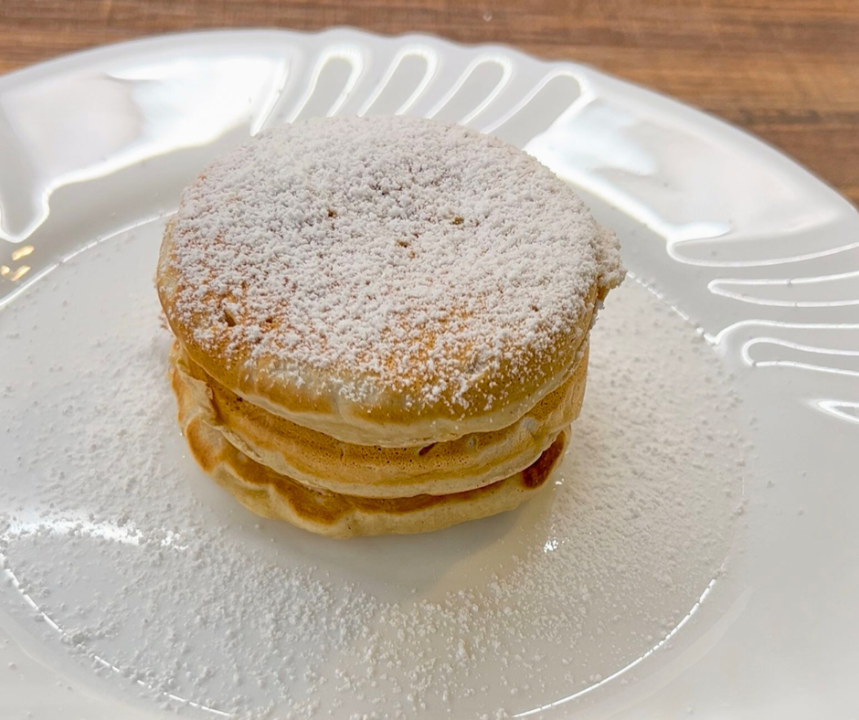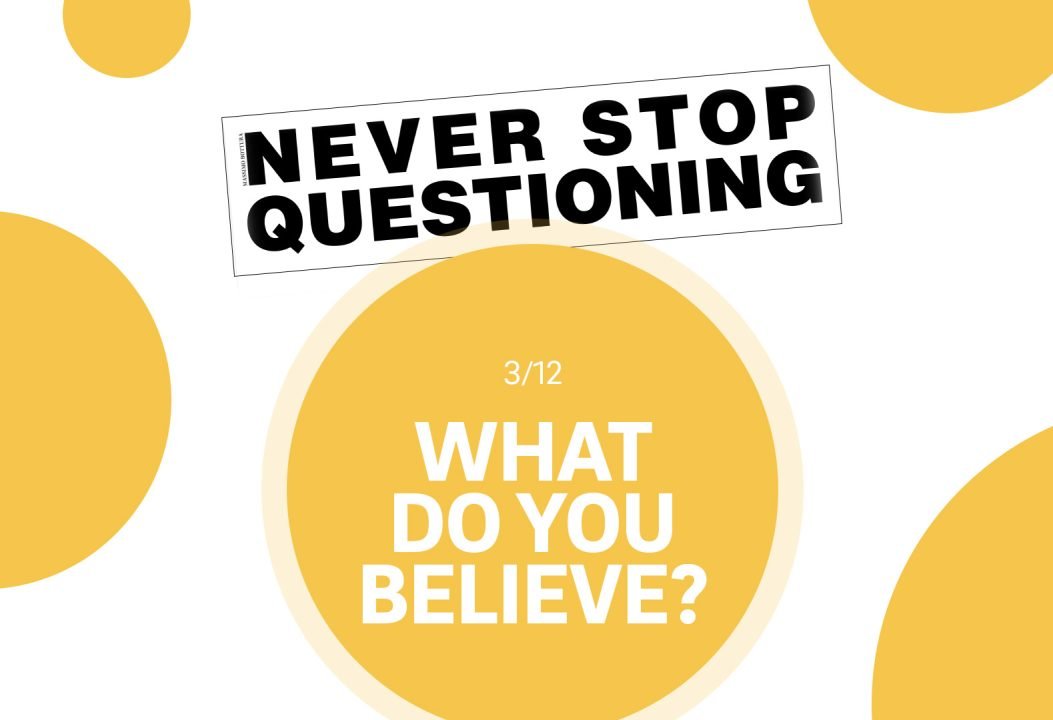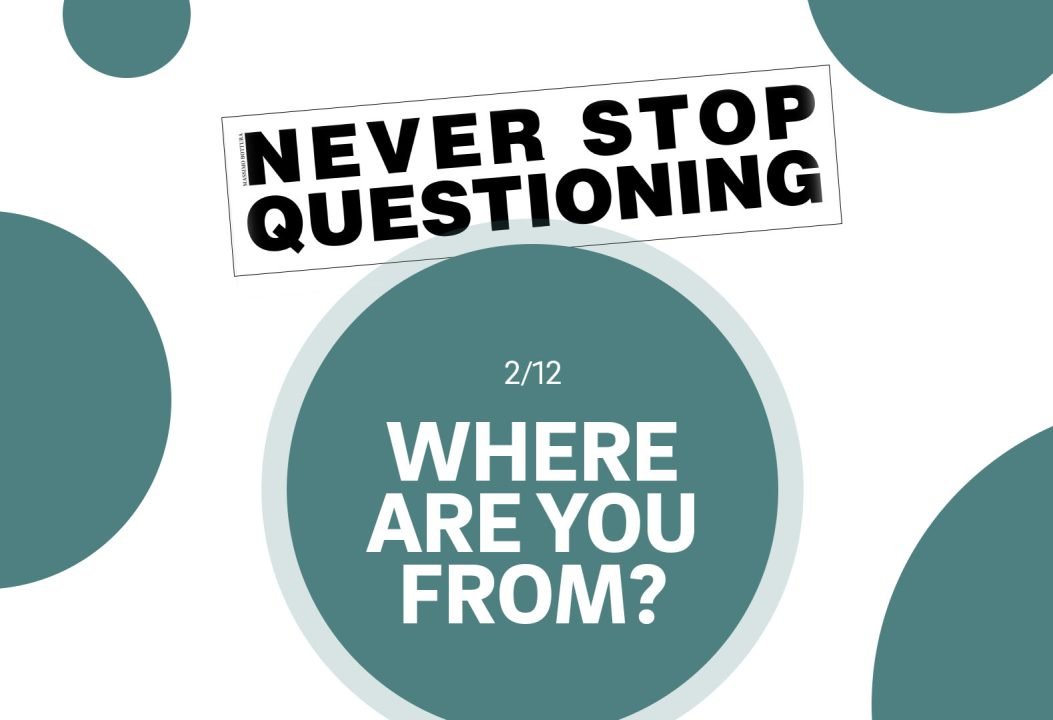Food for soul uses cookies strictly necessary for the proper functioning of the website, for its legitimate interest to enhance your online experience and to enable or facilitate communication by electronic means. To learn more about cookies please see our Cookie Policy
- About Us
- News and Stories
- News
- Reducing food waste at school, what can teachers and students do to help?

Credits: Emanuele Colombo
Students everywhere are packing their backpacks and finishing their summer essays: It’s time to get back to school! So, why not take this opportunity to do something impactful both for the environment and for the community?
On average at schools in Europe about ¼ of a child’s plate is wasted. A study in England showed that over a school year of 40 weeks, 55,408 tons of food were wasted in primary schools alone. The situation is not better in the US, where food waste makes up 51.3%-63% of the trash in school cafeterias, making it the biggest percentage of any material in the trash.
But what can schools do? Here’s a few ideas for both teachers and students to help them reduce food waste while also spreading awareness and helping their community.
For teachers
- Teach children that food is perfectly good to eat even if it is close to its expiration date. Tell them about the different types of labels and what they mean.
- Create longer lunch periods. For students buying lunch, there’s often not enough time to actually finish what’s on their tray after queuing to get their meal and finding a seat.
- Use the different subjects in school to help teach students about food waste. Math to create graphs about the school’s food waste; science to study how food rots in landfills, and to earn about the cycle of seeds from plants to compost.
- Organise a food donation/Food Bank bin to donate unopened food to people in situations of social vulnerability. This is also a great way to teach children to give back to their community.
For students
- Lunch portions are often too big and children end up throwing away what they cannot eat. Let your teachers know how much food you are able to eat before being served and bring a tupperware to take leftovers home.
- Bruised fruit is perfectly good to eat, just cut the bruise and eat the rest!
- Make posters about food waste with your art teacher and hang them in the cafeteria. Did you know that you can make homemade fabric dyes from beets, carrots, red cabbage, onion skins, citrus peels, and spinach?
- Ask your teachers to teach you how to compost using leftovers from the school cafeteria.
News and Stories
Your Gift Will Help Us Make A Difference Today
Would you help us create a socially inclusive world where no food is wasted, communities are food sufficient and have the tools to thrive?



